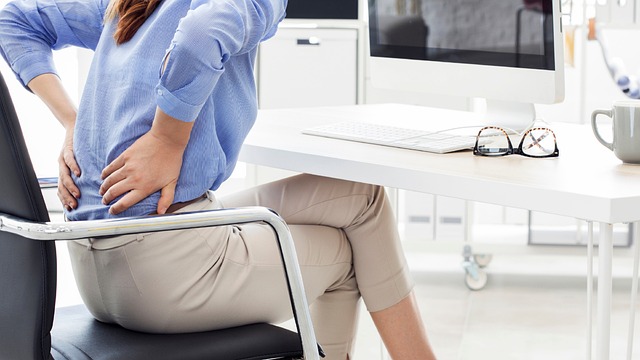Scoliosis is a serious medical condition in which the spine is curved. While it can begin in childhood, a scientist is now saying that it can be caused by the way we sleep. Specifically, if you sleep on your stomach, known as the prone position, it could damage your spine.
The prone position is the medical term for lying flat on your stomach, with your chest down and your back facing up. It’s the opposite of the supine position, which is lying on your back. In some cases, especially for patients with respiratory distress or ARDS (acute respiratory distress syndrome), lying on their stomach can help to open up the alveoli in the lungs, which allows for better oxygen intake. But sleeping this way can harm your back.
Will you offer us a hand? Every gift, regardless of size, fuels our future.
Your critical contribution enables us to maintain our independence from shareholders or wealthy owners, allowing us to keep up reporting without bias. It means we can continue to make Jewish Business News available to everyone.
You can support us for as little as $1 via PayPal at office@jewishbusinessnews.com.
Thank you.
Dr. Tony Nalda, from the Scoliosis Reduction Center, told the Mirror, “If you already have neck and back problems, sleeping in this position is almost guaranteed to make them worse.”
“Front sleeping can make it harder to breathe deeply because the position compresses your diaphragm,” he added.
So, what should you do?
Dr. Nalda suggested using a body pillow which he explained can provide extra support for the back or side position, and discourage rolling onto your stomach. He also said people should choose a mattress and pillow that provide the “right level of support for your chosen position.”
Scoliosis is a sideways curvature of the spine that can occur at any age, but it most commonly begins in childhood or adolescence. The spine normally has gentle curves in the shape of a C, but in scoliosis, one or more sections of the spine curve abnormally to the side, often in the shape of an S or a C.
Scoliosis can range from mild to severe. In mild cases, the curvature of the spine is small and may not cause any problems. In severe cases, the curvature of the spine can be so large that it can interfere with breathing and other bodily functions.
Treatment for scoliosis depends on the severity of the curve. For mild scoliosis, treatment may include observation or bracing. For more severe scoliosis, surgery may be necessary.
The Mayo Clinic explains that health care providers don’t know what causes the most common type of scoliosis — although it appears to involve hereditary factors, because the disorder sometimes runs in families.
The American Association of Neurological Surgeons said scoliosis affects 2-3 percent of the population, or an estimated six to nine million people in the United States. Scoliosis can develop in infancy or early childhood. However, the primary age of onset for scoliosis is 10-15 years old, occurring equally among both genders. Females are eight times more likely to progress to a curve magnitude that requires treatment. Every year, scoliosis patients make more than 600,000 visits to private physician offices, an estimated 30,000 children are fitted with a brace and 38,000 patients undergo spinal fusion surgery.




